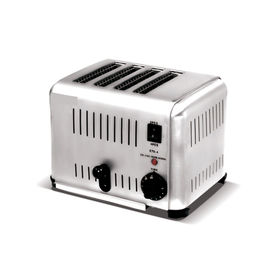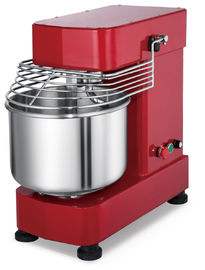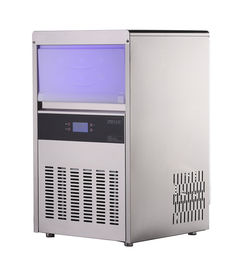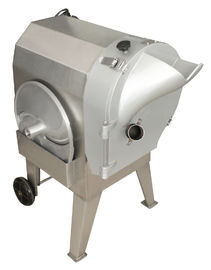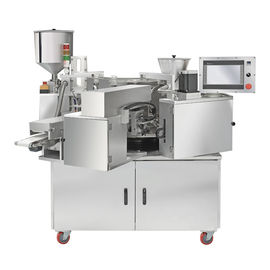industrial bread baking high temperature free standing gas stove with 64 tray electric built-in gas oven without burners
| product name |
rotary oven |
| material |
stainless steel |
| power source |
eletric / gas |
| voltage |
380v/220v/110v |
| tempareture |
0-400°C |
A rotary oven, also known as a revolving oven, is a specialized type of oven commonly used in bakeries and food production facilities. It is designed to efficiently bake large quantities of products, such as bread, pastries, cakes, and cookies.
Here are some key features and information about rotary ovens:
1. Rotating Chamber: The oven chamber in a rotary oven rotates, providing even heat distribution and consistent baking results. This rotation helps to ensure that the products bake uniformly.
2. Multiple Trays: Rotary ovens typically feature multiple trays or racks that can be loaded with the products to be baked. These trays are placed on rotating tiers or carousels within the oven chamber.
3. Heating Source: Rotary ovens can be heated with various sources, including gas, electricity, or even wood-fired ovens for traditional baking. The heat is typically generated by burners or heating elements located in different zones within the oven.
4. Temperature and Time Control: Rotary ovens feature temperature and time control mechanisms, allowing bakers to set the desired baking temperature and duration for different products. This flexibility enables the production of a wide range of baked goods.
5. Ventilation System: Efficient ventilation systems are integrated into rotary ovens to remove excess moisture and control the humidity levels. This helps to achieve the desired texture and appearance of the baked products.
6. Stainless Steel Construction: Rotary ovens are often constructed using stainless steel, which is durable, easy to clean, and resistant to corrosion. This ensures hygiene standards are met and makes maintenance more manageable.
7. Automation: Some modern rotary ovens come equipped with advanced automation features, such as programmable settings, digital controls, and touch-screen interfaces. These features facilitate ease of use and productivity.
8. Size and Capacity: Rotary ovens are available in various sizes, with different loading capacities to accommodate different bakery production requirements. Some models can handle dozens or even hundreds of trays simultaneously.
9. Energy Efficiency: Manufacturers strive to design energy-efficient rotary ovens by incorporating insulation and temperature control measures. This reduces energy consumption and operating costs.
When using a rotary oven, it's essential to follow the manufacturer's guidelines and recommendations to ensure safe operation and achieve the best baking results.
Note: The information provided here is a general overview and may vary depending on specific oven models and manufacturers. It's always recommended to refer to the product manuals and consult with experts when using or purchasing a rotary oven.



 Your message must be between 20-3,000 characters!
Your message must be between 20-3,000 characters! Please check your E-mail!
Please check your E-mail!  Your message must be between 20-3,000 characters!
Your message must be between 20-3,000 characters! Please check your E-mail!
Please check your E-mail! 
